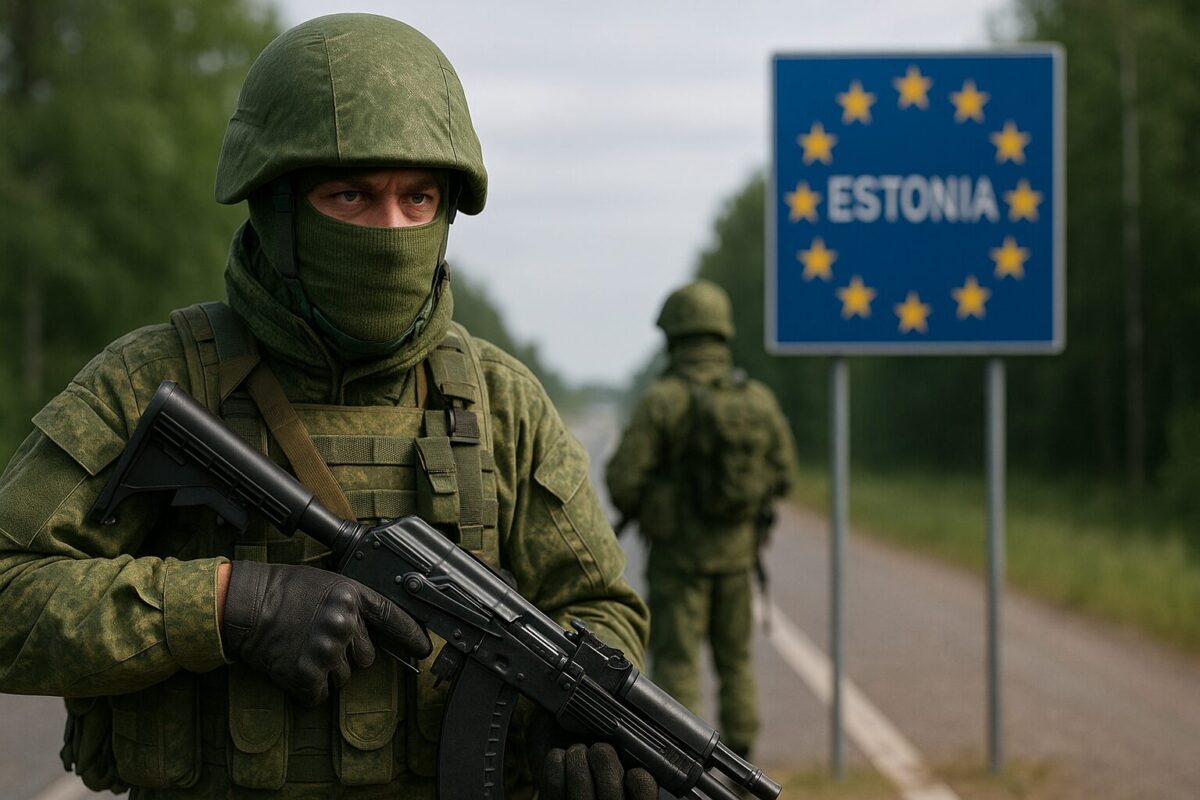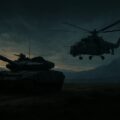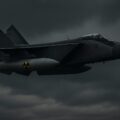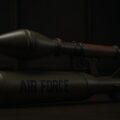
Will Russia Dare to Test NATO’s Article 5 — And What It Means for Europe |
In early June 2025, Bruno Kahl, the head of Germany’s Federal Intelligence Service (BND), issued a warning that may prove critical for Europe’s collective security. In a Table Briefings podcast (as reported by The Times), he confirmed that the Kremlin is considering a hybrid incursion into a NATO member state — specifically Estonia — following the same “Crimea playbook.”
No declaration of war. No tanks crossing borders. Just “little green men”: military personnel without insignia, deployed to stir chaos under the guise of “protecting Russian-speaking citizens.”
So what’s really behind this? And more importantly — will NATO pass this test?
Hybrid Warfare Isn’t New — But This Time It’s Different
The scenario BND outlines is familiar: Russia used it in 2014 in Crimea. It started with disinformation about “oppression,” then came unidentified armed men, the takeover of government buildings, and ultimately, a referendum held at gunpoint. All of this happened without direct confrontation with foreign militaries.
But Estonia is different. It’s a NATO member. Any breach of its sovereignty — even a subtle one — would technically trigger Article 5 of the Washington Treaty, the cornerstone of NATO’s collective defense: an attack on one is an attack on all.
The question is: does a “low-profile” provocation count as an attack? And would NATO really respond with force?
Why Is Russia Testing Article 5?
Russia knows that a full-scale invasion of a NATO country is geopolitical suicide. But a hybrid presence? That’s a calculated move to test the West’s resolve. BND officials openly state: the Kremlin wants to see if NATO will stand by its commitments.
Because if a limited, unofficial military intrusion is met with hesitation or silence — it signals weakness, not deterrence.
This is what makes the “no insignia” tactic so dangerous: it sows doubt, delays decisions, and complicates diplomatic clarity. And for Putin, just a few days of Western indecision may be enough to shift the facts on the ground.
Why Target Estonia?
Estonia isn’t just any NATO state. It:
- Borders Russia,
- Has a significant Russian-speaking minority,
- And is part of NATO’s vulnerable eastern flank.
Moscow has long pushed narratives of alleged “discrimination” against Russians in the Baltic states — echoed on state-run propaganda channels. It’s a ready-made excuse for action, as seen in Georgia (2008), Crimea (2014), and Donbas (2022).
How Has the West Reacted?
Since BND’s warning:
- German Defense Minister Boris Pistorius announced plans to boost defense spending and prepare for future conflict scenarios;
- The EU began discussing its 18th sanctions package, including new oil price caps;
- Intelligence services reported increased cyber and sabotage activity — including arson in European logistics hubs via suspicious packages.
But NATO, as an institution, has yet to issue a clear response or protocol for such hybrid threats. That’s concerning.
Revelant
The Legal Grey Zone: Does Article 5 Cover “Little Green Men”?
Article 5 has only been triggered once — after the 9/11 terrorist attacks in 2001. It’s never been invoked for an ambiguous, unofficial armed presence.
That’s the legal and strategic dilemma. International law doesn’t always provide black-and-white answers. And unless NATO develops a clear doctrine for these scenarios, Russia may exploit this ambiguity to its advantage.
Why This Matters for Ukraine
While the world debates Estonia, Ukraine is still under active assault. For Kyiv, this is not a test — it’s war. And how NATO reacts to threats against its own members will directly affect the geopolitical balance, including support for Ukraine.
If NATO fails to defend its own, it undermines its credibility — and strengthens Moscow’s position not just on the battlefield, but at the negotiating table.
Russia likely has no intention of fully occupying Estonia. But it may try to test the West — to see whether NATO defends not just with weapons, but with political will.
Modern warfare isn’t only about tanks. It’s about thresholds. Unmarked troops might pose a greater challenge than conventional armies — not because they’re stronger, but because they blur the line between provocation and invasion.
If NATO truly believes in unity, this test must not happen. Because even a “trial run” is a risk — for everyone.















